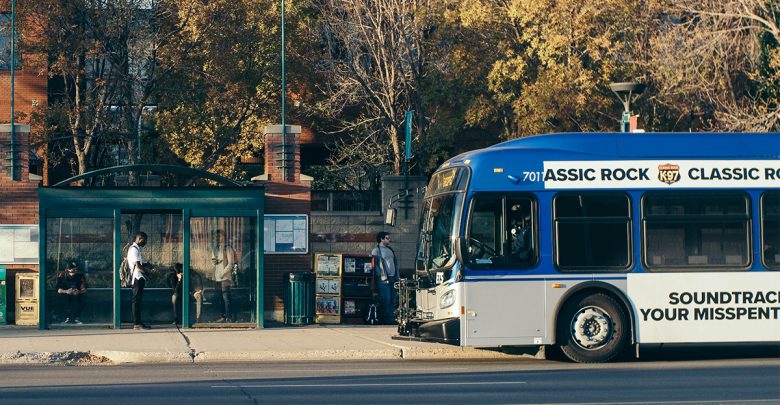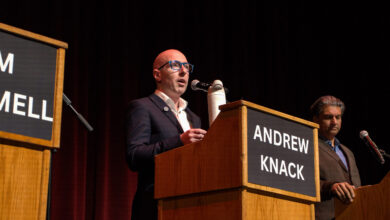 Nana Andoh
Nana AndohA lot of Edmontonains rightfully loathe taking transit. It lacks cleanliness, reliability, and unfortunately, safety. But Edmonton transit managers have informed city council of a projected increased demand due to city population growth. As such, it’s proposing the addition of 99 new city buses, along with the replacement of 260 vehicles by 2026. However, safety remains a persistent concern for Edmonton Transit Service (ETS) riders. A recent poll showed that 75 per cent of respondents feared being a victim of violence on public transit.
ETS expects continued increases in ridership. However, increased population may not translate to increased ridership if services are not good quality, or, at minimum, safe. The City of Edmonton has reported a decrease in satisfaction among transit riders from 2022–23. This may only get worse as ETS has chosen to reduce accessibility by discontinuing the sale of paper bus day passes, ticket packs, and monthly passes as of November 9. As dissatisfaction grows, riders may no longer be able to justify their use of public transit.
There were more than 500 reports of violence on transit property in 2023. Transit users have also noticed rampant, open drug use in transit centres and LRT stations. Ultimately, some of the city’s most vulnerable populations, such as youths and seniors, are common users of ETS. That considered, the city is failing to uphold its obligation to provide a safe and high-quality service.
Not only do transit riders face potential harassment and violence — transit workers often do as well. As recent as this October, an ETS bus driver was assaulted while on the job. The safety of transit workers is a recurring issue and is not just limited to Edmonton. But ultimately, failing to provide a safe working environment may turn potential employees away from working for ETS. Especially as bargaining between the amalgamated transit union and the city is ongoing. Things aren’t looking good as the union has accused the city of acting in bad faith. ETS could end up with a brand new fleet of buses with nobody behind the wheels.
This could mean that increasing route frequency or expanding current routes may not be a staffable endeavour. Those additional 99 buses may prove to be a misuse of municipal resources if there is no one to fill that driver seat. With a proposed 8.1 per cent municipal tax hike in 2025 and a city election looming in the next year, current council members should prepare for increased scrutiny to city spending and their oversight of pivotal services such as ETS.
Perhaps before we celebrate increased ridership and consider expanding transit services, these issues should be properly addressed. Increasing security measures, including additional officers placed on buses and in LRT stations, as well as fare gates, could all help. A government’s primary duties are to protect and provide for its citizens. Encouraging Edmontonians to participate in a transit program that puts them at risk is gross negligence of that responsibility. No one should have to fear for their life when taking public transportation.




